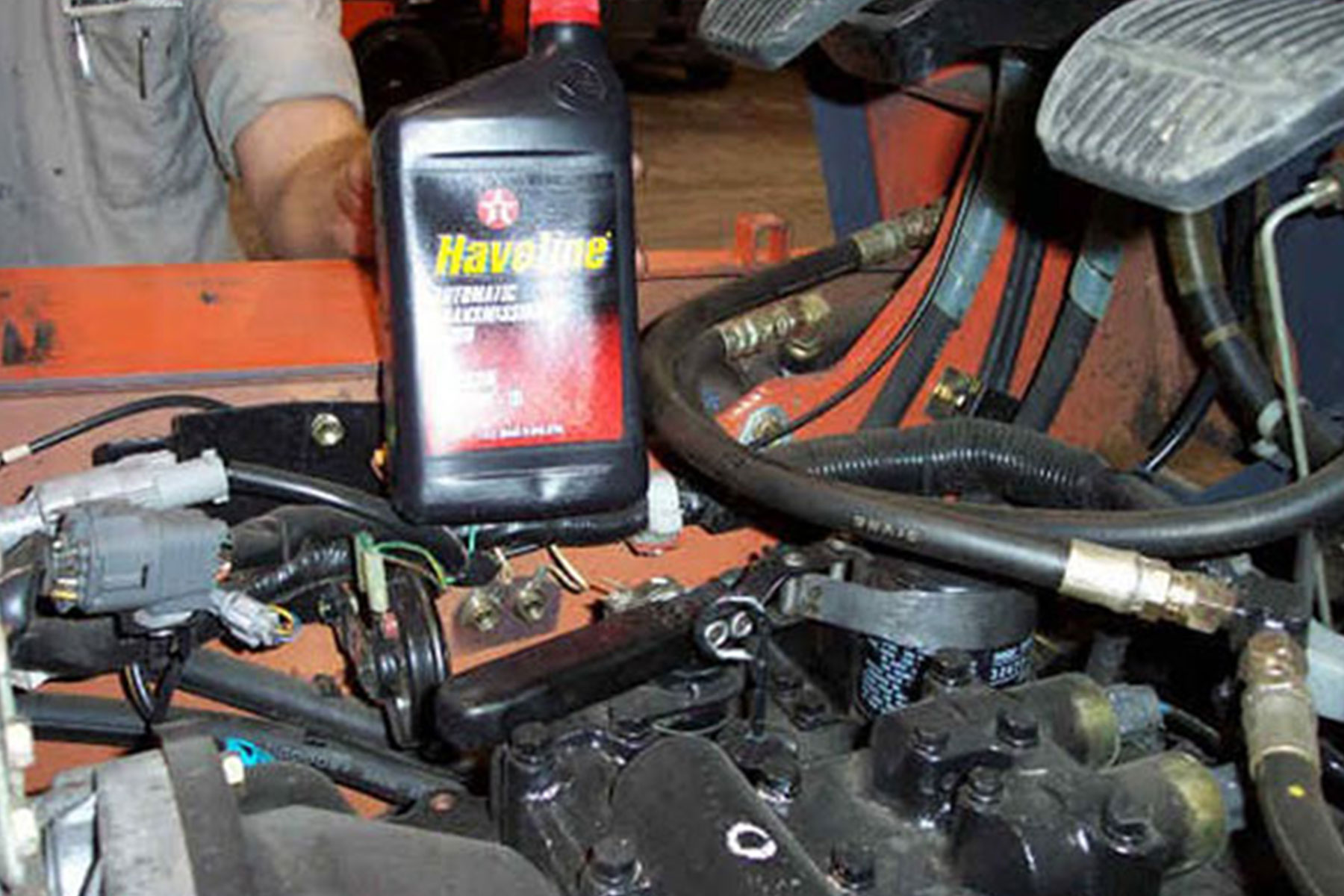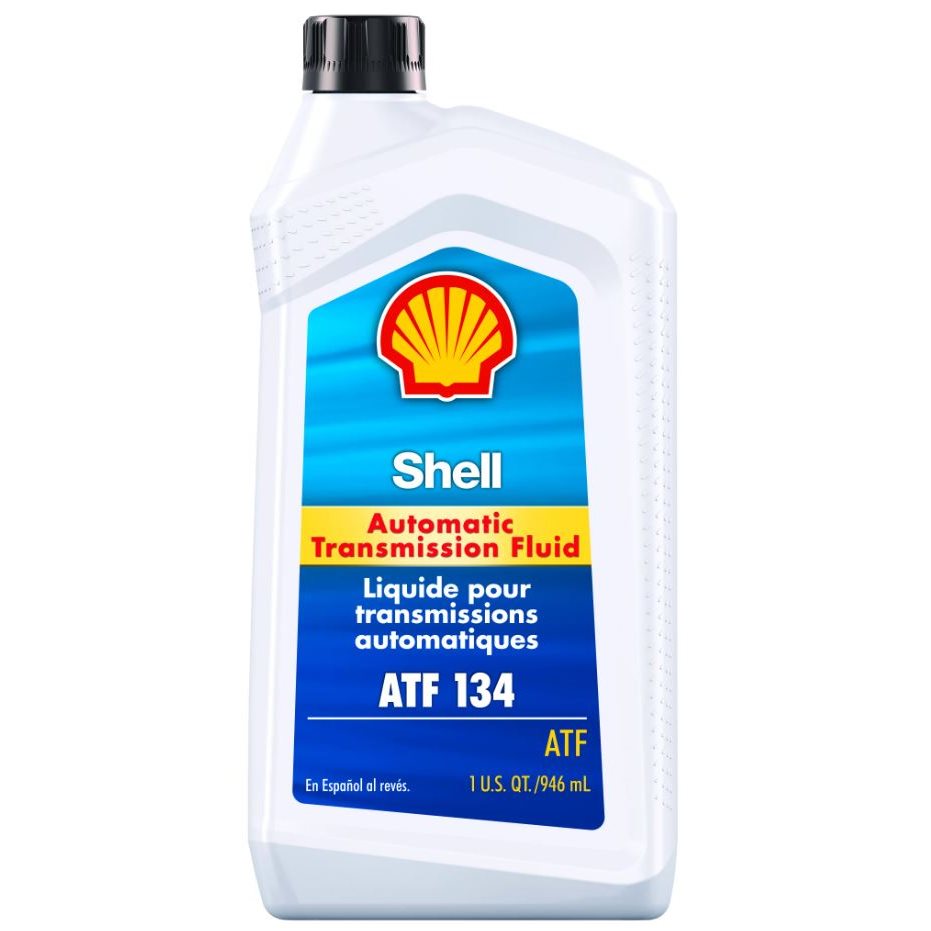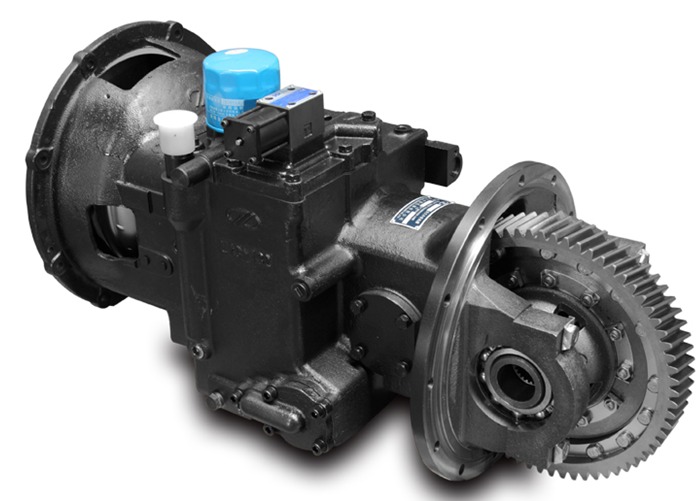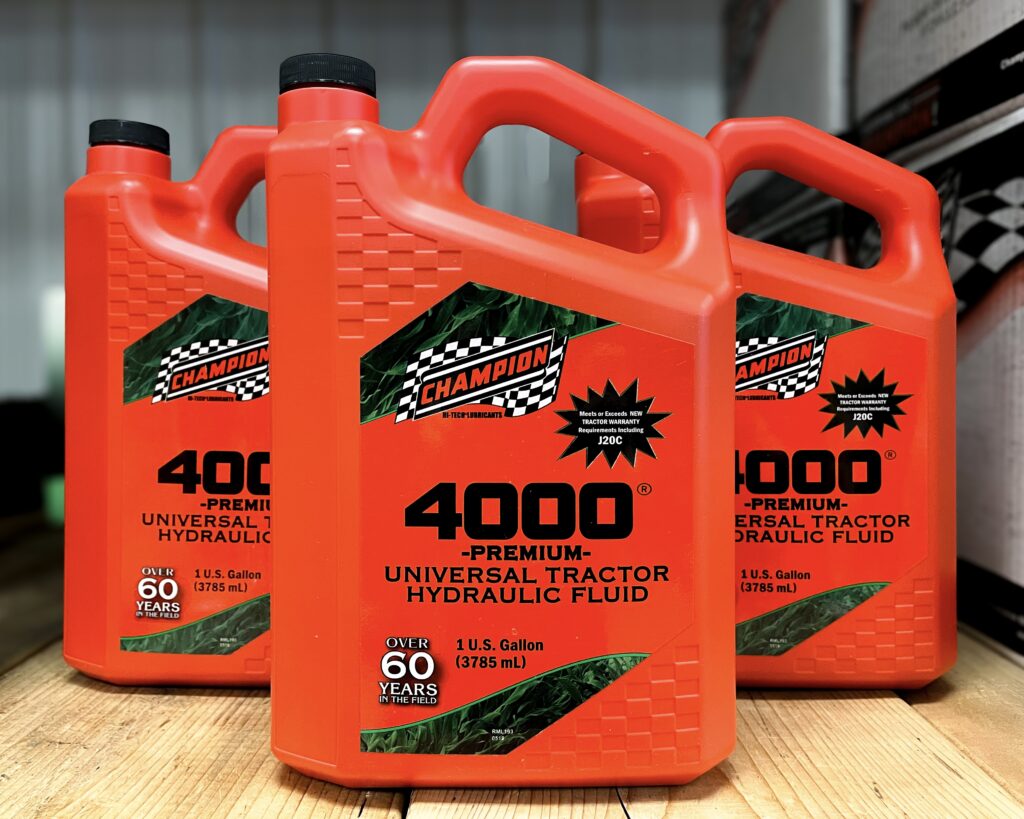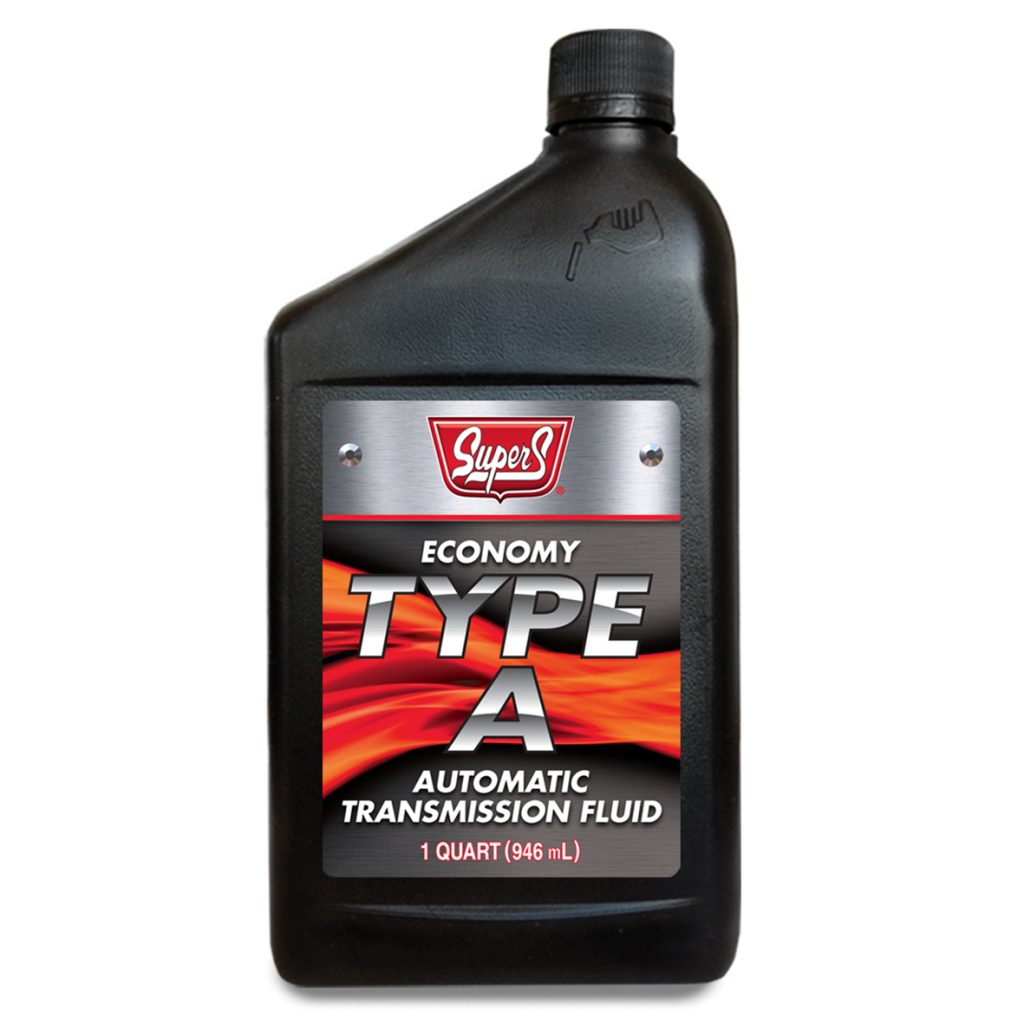Taylor Forklift Transmission Fluid Type
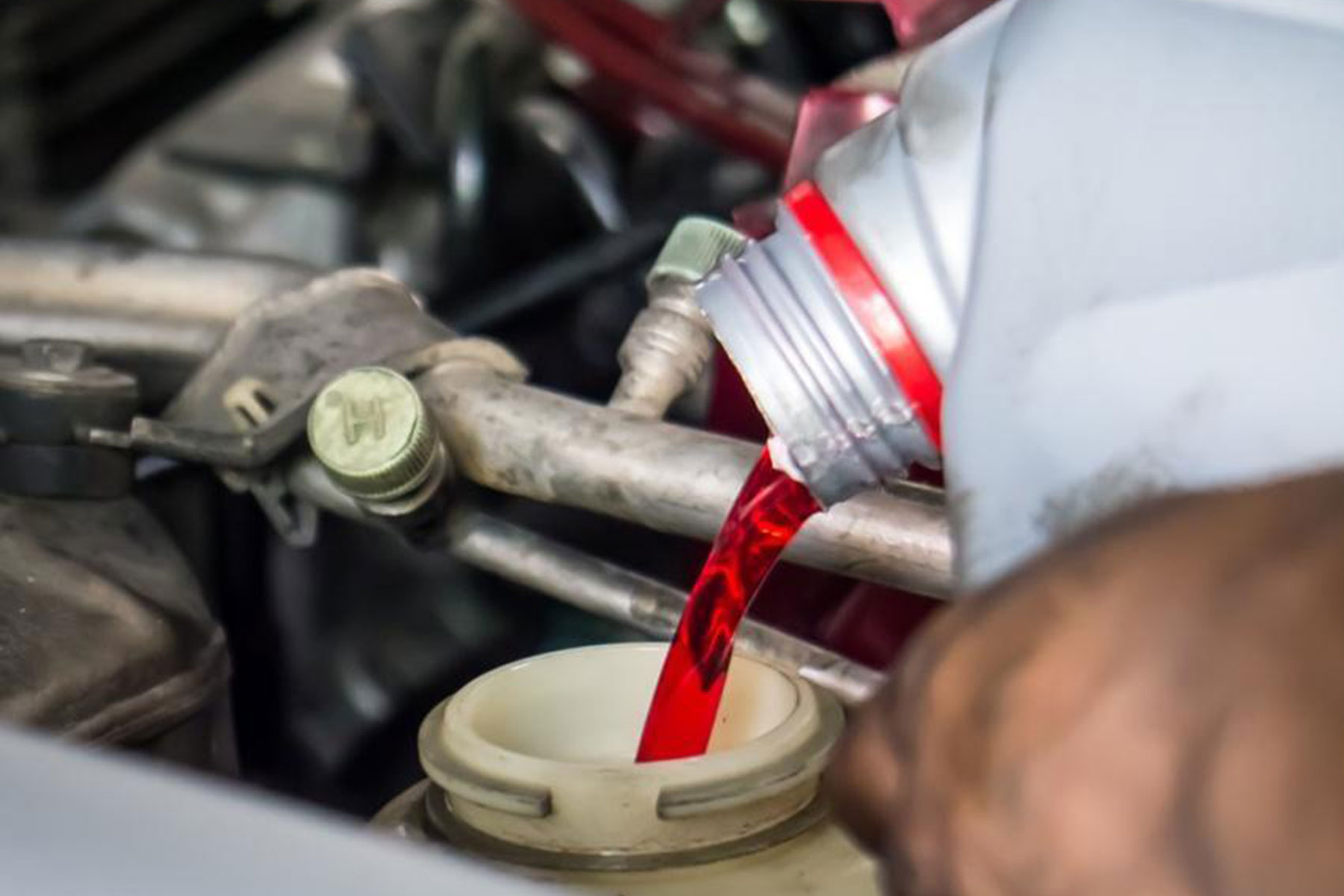
Imagine a bustling lumberyard, the air thick with the scent of freshly cut pine. A Taylor forklift, a titan of steel and power, hums purposefully, its forks rising to lift a massive stack of timber. The smooth, almost balletic motion belies the complex mechanics within, a symphony of gears and hydraulics orchestrated by the vital lifeblood: the transmission fluid.
Choosing the correct transmission fluid for a Taylor forklift is paramount for maintaining its performance, longevity, and overall operational safety. While specific recommendations vary depending on the model and year of manufacture, understanding the fundamental types and their properties is crucial for any operator or maintenance professional.
The Heart of the Matter: Transmission Fluid Fundamentals
At its core, transmission fluid serves multiple essential functions. It lubricates the intricate moving parts within the transmission, reducing friction and preventing wear. It also acts as a coolant, dissipating heat generated during operation and preventing overheating, as well as transmitting hydraulic power.
The incorrect fluid can lead to a cascade of problems, from decreased efficiency and rough shifting to catastrophic transmission failure. Considering the hefty cost of repairs or replacements, preventative measures through proper fluid selection are a smart investment.
Decoding the Options: ATF and Beyond
Traditionally, Automatic Transmission Fluid (ATF) has been the go-to choice for many Taylor forklift models. However, the landscape of ATF is vast, with various formulations designed for specific applications. Dexron III, once a widely used standard, has largely been superseded by newer formulations like Dexron VI, which offers improved oxidation resistance and shear stability. Always consult your Taylor forklift's operator manual for the most accurate and up-to-date recommendations.
Synthetic ATFs represent a premium option, offering enhanced performance characteristics in demanding conditions. They typically boast superior thermal stability, allowing them to withstand higher temperatures without breaking down. This can be particularly beneficial in forklifts operating in hot climates or under heavy loads.
Some Taylor forklift models, particularly those with hydrostatic transmissions, may require specialized hydraulic fluids rather than traditional ATF. These fluids are formulated to meet the specific demands of hydrostatic systems, offering optimal performance and protection against wear. Again, consult your owner's manual.
The Importance of Manufacturer Recommendations
Navigating the world of transmission fluids can feel overwhelming, but there's a reliable compass: the manufacturer's recommendations. Taylor Machine Works provides detailed specifications for each forklift model in its operator manuals. These manuals often specify the type of fluid, its required viscosity, and any applicable industry standards.
Deviating from these recommendations can void warranties and potentially damage the transmission. Prioritize consulting the manual above general advice.
Beyond the Type: Maintaining Fluid Quality
Selecting the right fluid is only half the battle; maintaining its quality is equally crucial. Regular fluid checks are essential. Monitor the fluid level and its appearance for signs of contamination or degradation. Darkened fluid, a burnt smell, or the presence of metal particles indicates a need for a fluid change.
Following the recommended service intervals for fluid changes, as outlined in the operator's manual, is paramount. These intervals are determined based on factors such as operating conditions and the expected lifespan of the fluid.
By adhering to these guidelines, you can ensure your Taylor forklift's transmission remains healthy and performs reliably for years to come.
A Final Thought: Investing in Longevity
The choice of transmission fluid might seem like a small detail, but it has a profound impact on the overall health and performance of your Taylor forklift. By understanding the different types of fluids available, prioritizing manufacturer recommendations, and maintaining fluid quality through regular inspections and changes, you're investing in the longevity and reliability of this vital piece of equipment.
Ultimately, informed choices and diligent maintenance are key to keeping these powerful machines running smoothly, ensuring the efficient flow of goods in demanding environments for years to come.


